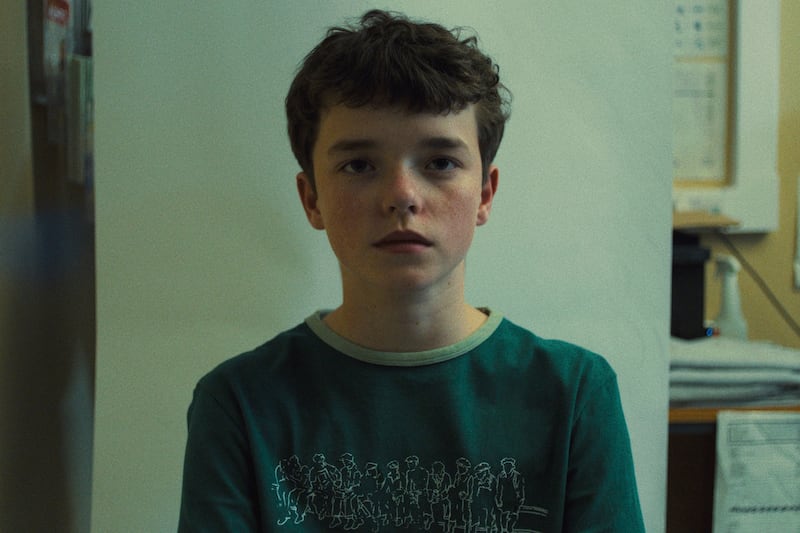Up or down? Property tax adjustments 2023
Up: percentage increase
- Cavan 15
- Clare 15
- Limerick 15
- Kerry 10
- Cork city 9
- Waterford 10
Down: percentage decrease
- Dún Laoghaire Rathdown 15
- South Dublin 15
- Dublin city 15
- Fingal 7.5
Unchanged
- Galway city
- Galway county
- Westmeath
For full list see revenue.ie
Up or down? Given the financial pressures facing households across the country, many will be hoping that one bill that won’t increase next year will be property tax.
It’s the time of year when councils around the country decide how property tax should be levied next year: should they increase it by up to 15 per cent, as they are allowed to do, leave it unchanged or give homeowners a little boost and cut it by as much as 15 per cent?
While no new property valuation is necessary this year, councils have the power to adjust the rates charged within their jurisdictions by as much as 15 per cent, something that is known as the local adjustment factor. They must notify Revenue by mid-October of their decision.
Adolescence: Five truths about our teenage boys we need to address urgently
Her ‘no’ was clear. She did not want to go home with him. Still he went on. And on
The 100 best Irish books of the 21st century: No 25 to No 1
‘One of the lowest points of my life’: Elizabeth Day on marriage breakdown, IVF and How To Fail
In Dún Laoghaire Rathdown, for example, the council will take its vote on October 9th, as it will in Wicklow. Some councils, such as Cork city, have already taken their decision. It voted last year to apply a 9 per cent increase for both 2023 and 2024.
The tax, which was introduced in 2013, goes to local authorities to finance the provision of local services, such as public parks, libraries, road maintenance and so on.
[ Revenue sends warnings to 150,000 homeowners over unpaid property taxOpens in new window ]
Dublin councils typically vote to cut the rate, given that more homeowners will find themselves in more expensive valuation bands. Dublin City Council, for example, has voted to cut the rate by the maximum amount of 15 per cent every year it has been entitled to do so. Last year it voted to cut the rate by 15 per cent, at a total cost of about €12 million, and Dún Laoghaire Rathdown did likewise, at a cost of €8.6 million in income forgone.
Elsewhere, however, councils are more likely to increase the amount they can charge, with just Galway city and county, as well as Westmeath, Meath and Louth, the only councils to vote for an unchanged rate last year.
Counties such as Limerick, Clare and Cavan were quick to apply the full rate increase, of 15 per cent, while others, such as Kerry, Cork city and Waterford, applied lower increases of about 9-10 per cent.
In Donegal, meanwhile, where about nine in 10 properties fall into the lowest two valuation bands, of up to €200,000, and €200,001-€262,500, the rate was increased by 15 per cent for 2020, 2021 and 2022. And homeowners shouldn’t expect any decrease for 2024, as the council decided last year to hold it at 15 per cent above the basic rate for 2024 also.
But what does this all mean and why should households keep an eye out for how their council votes?
Well, consider a homeowner with a property that was valued at €210,000 in November 2021. In Clare, this property owner would have had to pay up €258 this year, while in Galway the bill would have been €33 less at €225.
And in Dublin city, a homeowner with such a property would have only got a bill for €191, or some €67 less than their Clare counterpart.
For properties at the more expensive range, it has an even greater impact.
A property valued at €950,000, for example, would have generated a bill of €1,190 this year in Clare; €1,035 in Galway; and €880 in Dublin city – or €310 less than in Clare.
Of course, it will impact you only if the council changes its decision from this year to last – for example, if Dún Laoghaire Rathdown decides to offer no reduction for 2024, then a homeowner with a house valued at €500,000 will see a €75 increase in their annual bill. Similarly, if Wicklow opts for a 15 per cent increase this year, then a homeowner with a €400,000 house will see their bill increase by €36 to €465 a year.
On the other hand, if Clare or Limerick opt for the level rate of property tax, then a homeowner with a property valued at €250,000 would see their bill fall by €33 a year.














